Male Vs. Female Cats: 12 Important Differences You Should Know
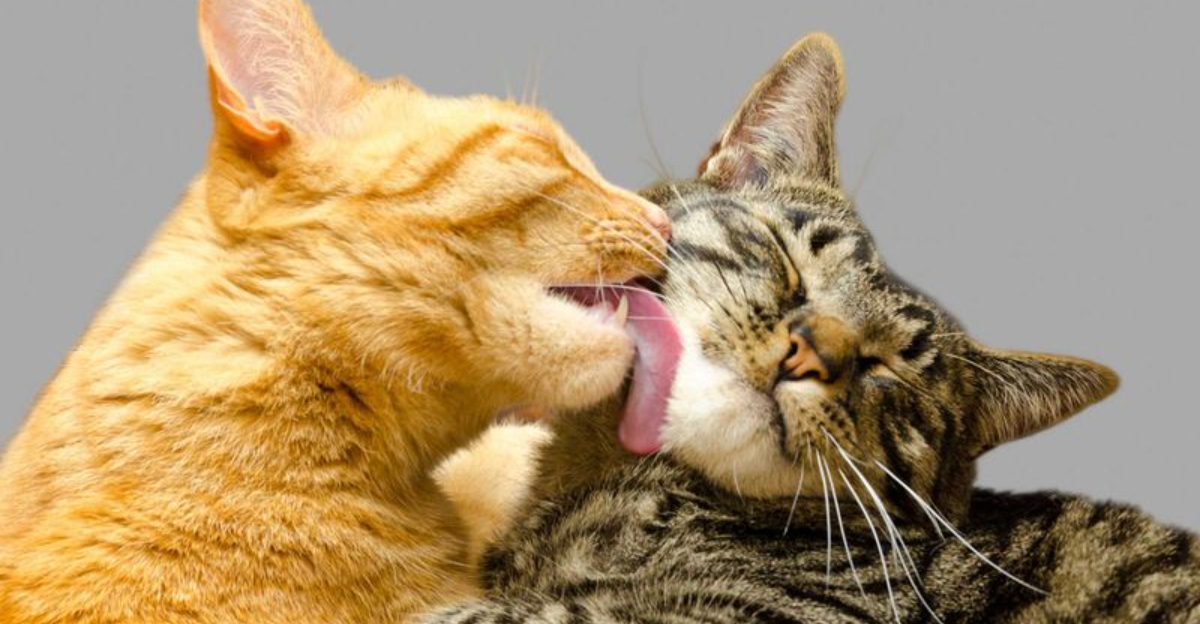
Ever wondered why some cats seem to have a distinct personality, almost like they were born with a quirky set of traits that set them apart?
Well, just like people, cats have their own unique characteristics. And guess what? Some of these traits are linked to whether they’re male or female. Let’s unravel some feline mysteries!
1. Size And Build
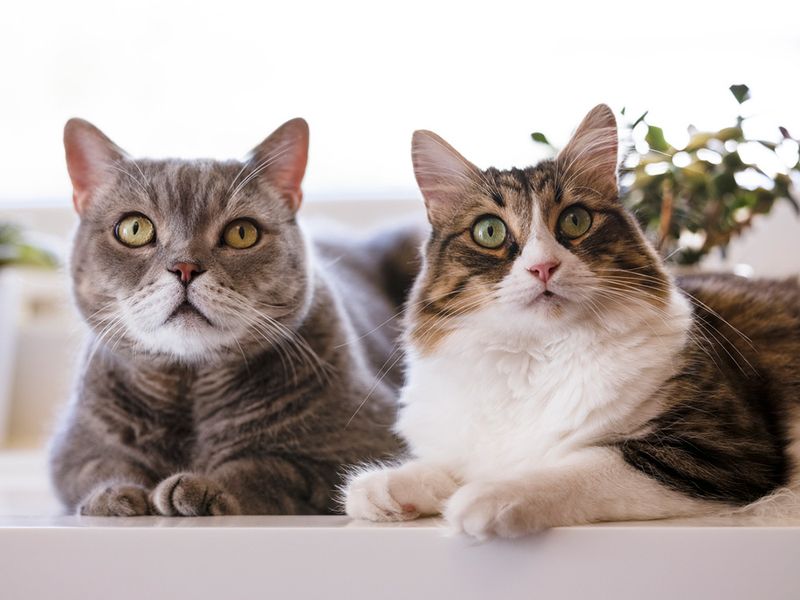
One noticeable difference lies in their size. Typically, male cats boast a larger and more muscular build compared to their female counterparts. This difference is not just in weight but also in overall robustness. While both genders can be equally agile, males often appear bulkier. A visual cue that’s hard to miss!
2. Territorial Behavior
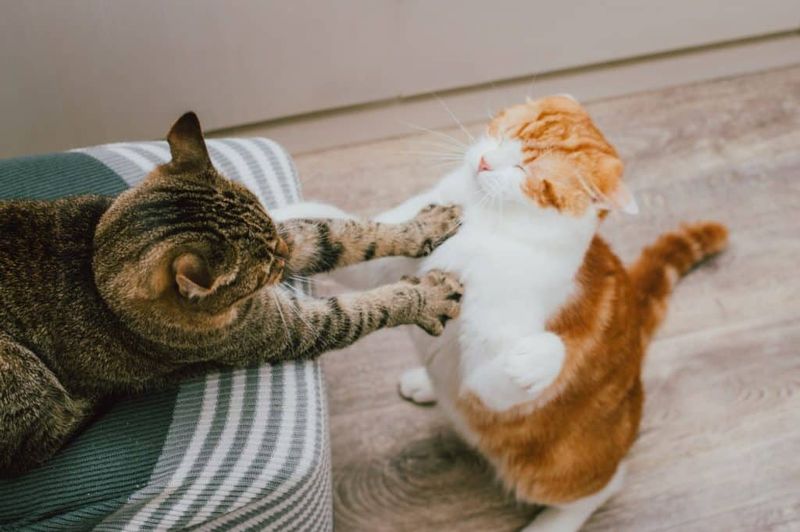
When it comes to claiming space, male cats tend to be more territorial. They often mark their territory with scent markings.
Female cats, while also capable of being territorial, usually exercise restraint. It’s an intriguing balance of nature—assertiveness versus subtlety. This behavior can also influence how they interact with other pets.
3. Vocalization Differences

Cats communicate with a variety of sounds, and you might notice that female cats are generally more vocal.
They often engage in frequent chatters and purrs. On the flip side, male cats might reserve their vocal talents for special occasions. This can make female cats feel like natural conversationalists in your home!
4. Grooming Habits
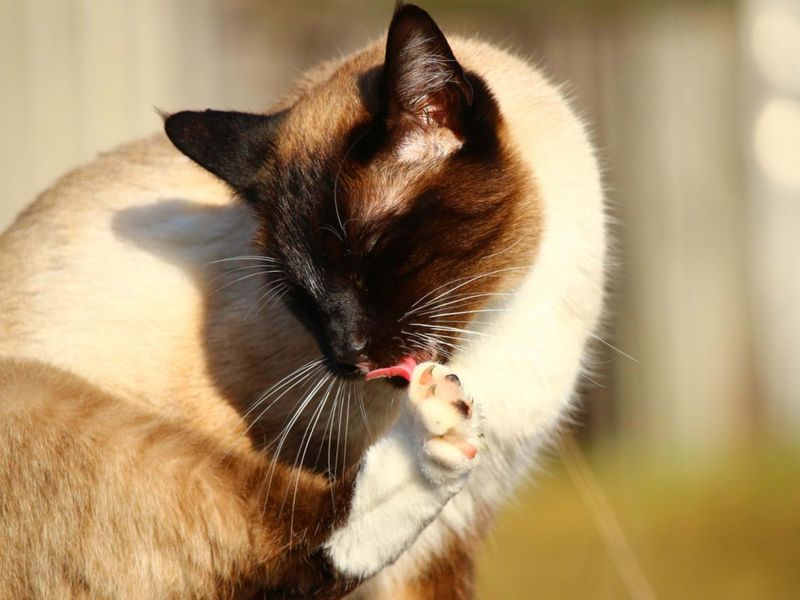
Grooming is an essential cat behavior, but female cats often take it to the next level. They are usually more meticulous about keeping themselves clean and tidy.
Male cats might be less fastidious, sometimes appearing a bit rough around the edges. This grooming difference adds another layer to their charming personalities.
5. Playfulness

Playtimes reveal intriguing differences. Male cats often exhibit higher energy levels and can be more boisterous in their play.
They love interactive games and can entertain endlessly. Female cats, while playful, might prefer gentler games. This distinction can guide you in selecting toys that suit their play style perfectly!
6. Affection Levels
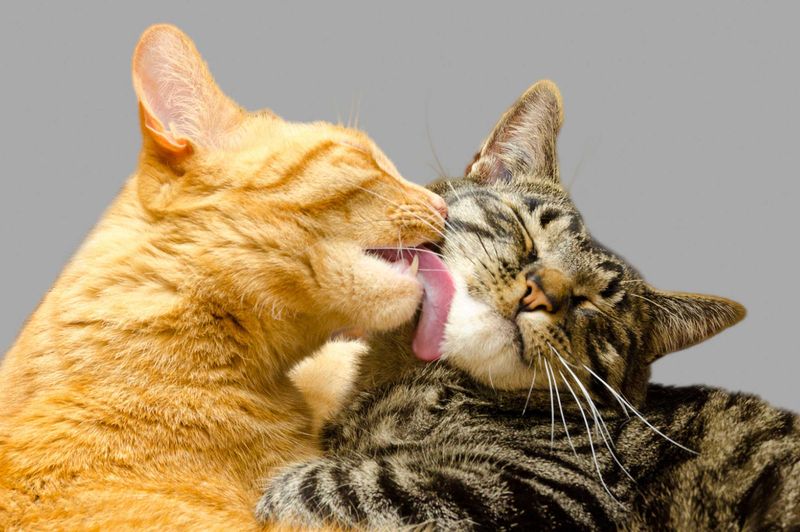
When it comes to affection, female cats often take the lead. They are generally more social and enjoy snuggling. Male cats, on the other hand, might display affection in more subtle ways, like following you around. Both styles of affection are endearing, offering unique companionship experiences.
7. Independence
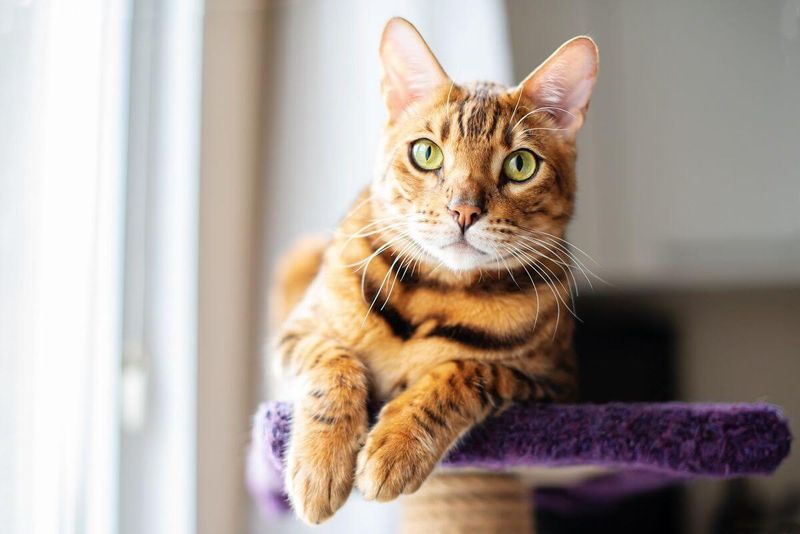
Independence is a trait where male cats often shine. They tend to explore their surroundings more independently compared to females, who may prefer staying closer to home.
This sense of adventure adds a spirited touch to their character, making them fascinating companions for those who appreciate a bit of feline autonomy.
8. Health Considerations
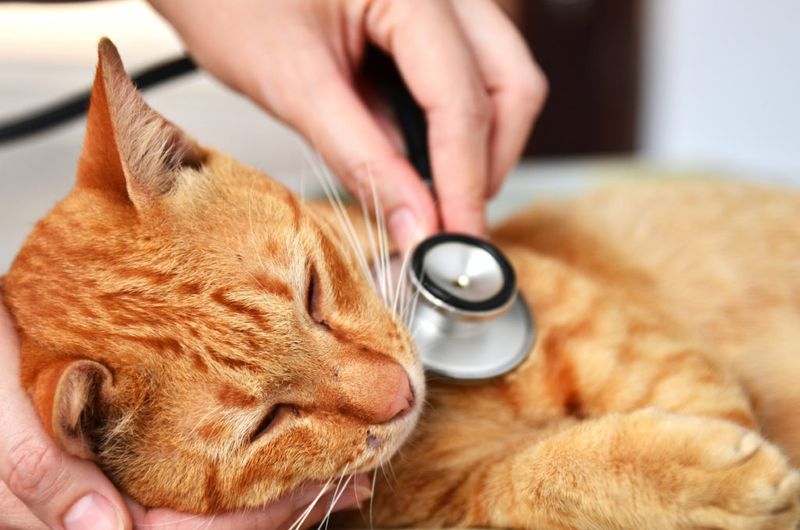
Health-wise, female cats might face unique challenges. They can experience conditions related to their reproductive systems, like ovarian cysts.
Male cats, meanwhile, are prone to urinary tract issues. Understanding these health aspects helps in providing the best care, ensuring your feline friends lead happy and healthy lives.
9. Social Interactions
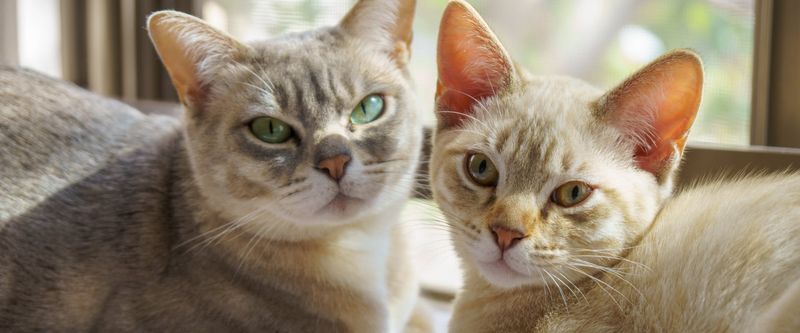
Socially, female cats often exhibit more nurturing behaviors, particularly if they’ve had kittens. They’re generally more inclined to form social bonds.
Male cats, while sociable, might display dominant behavior in group settings. These differences can influence how they fit into multi-cat households.
10. Lifespan

Interestingly, female cats tend to live longer than males. This difference in lifespan can be attributed to various factors, including health predispositions and lifestyle.
Owners looking for a lifelong companion might find the longevity of female cats appealing. It’s a small yet significant aspect of choosing your feline friend.
11. Spaying And Neutering Effects
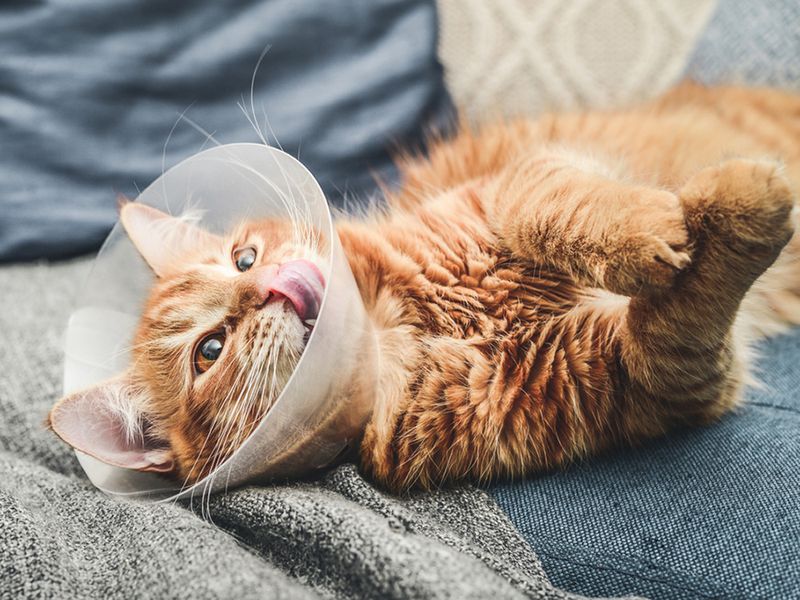
Spaying and neutering bring behavioral changes. Female cats, when spayed, often become more relaxed. Neutered males can exhibit reduced aggression and less territorial marking.
These procedures not only control the pet population but also enhance their quality of life. Considering these changes is crucial in cat parenting.
12. Adaptability

When it comes to adapting to new environments, female cats often show resilience and curiosity. They can settle into new spaces with ease.
Male cats, however, might take longer to adjust, preferring familiar settings. Understanding these adaptability traits can help in making transitions smoother for your feline companions.






